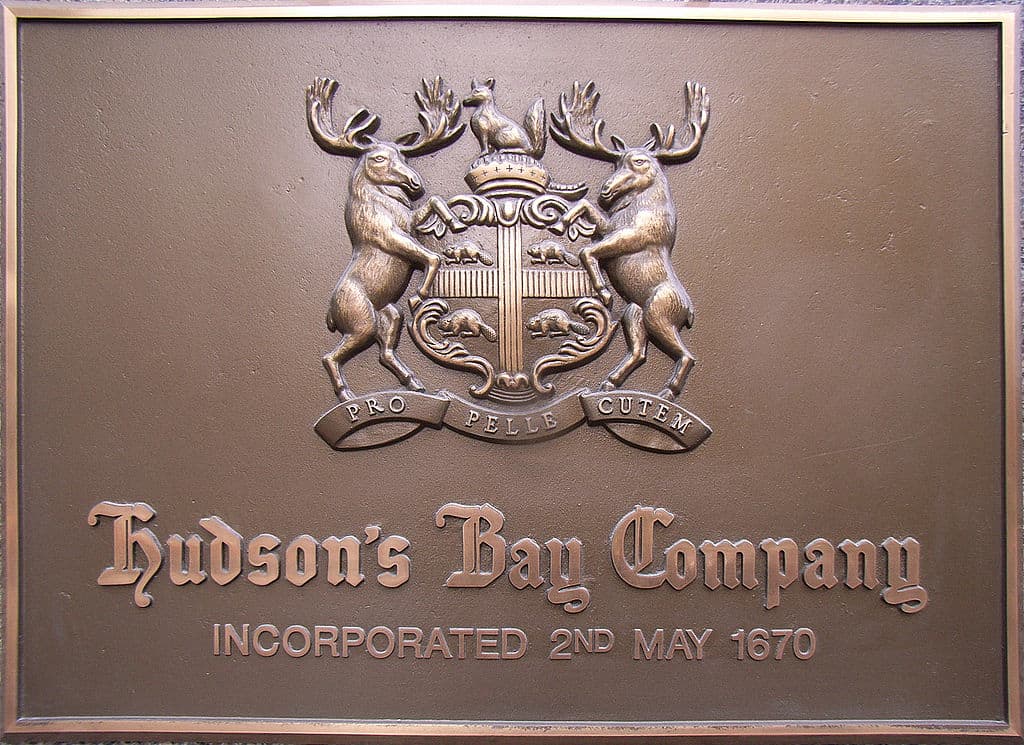If you’re a Canadian Tire Corporation Limited (TSX:CTC.A) shareholder, the very idea of one of Canada’s most iconic brands merging with another of our most prized institutions, Hudson’s Bay Co. (TSX:HBC), borders on insane.
On the one hand, Canadian Tire recently announced fiscal 2017 results that are the envy of retailers coast to coast — adjusted EBITDA of $735 million on $13.4 billion in revenue — while HBC stock is trading near an eight-month low under $10 and struggling to gain relevance in a retail environment that seems content to let department stores go to their grave.
Not so fast
HBC generated adjusted EBITDA of $636 million in fiscal 2016 on $14.5 billion in revenues. In 2017, they’ll likely be lower by $250-500 million, and adjusted EBITDA will also be lower, down $100-200 million from 2016.
So, let’s assume when the company announces Q4 2017 results in early April, it will have $14 billion with adjusted EBITDA of $436 million. That’s not too far off Canadian Tire; factor in that HBC’s real estate assets are considerably more valuable — Canadian Tire spun off approximately 72% of its real estate portfolio in 2013 into CT Real Estate Investment Trust (TSX:CRT.UN) — and it’s not that crazy a comparison.
Also, HBC executive chairman Richard Baker has been pushed by activist real estate investor Land & Buildings, to extract value from its real estate by re-purposing or selling some of its valuable downtown real estate.
One of the options is HBC doing a REIT spin-off of its own, although that’s complicated by its joint ventures with Simon Property Group Inc. and RioCan Real Estate Investment Trust. By hook or by crook, Baker will figure it out.
On the retail side of its operations, HBC recently hired Helena Foulkes, a top-notch retail executive from CVS Health Corp. Most recently, Foulkes was executive vice president of CVS and president of the company’s CVS Pharmacy unit. As hires go, it was a big one and should pay dividends in the next 12-24 months.
HBC has got a lot more game than most investors give it credit for.
How would a merger work?
That’s the tricky part, as Canadian Tire is controlled by the Billes family, and Baker and partners have a significant stake in HBC. The pro forma valuation would determine who owns whom, which is beyond the scope of this article. Perhaps I’ll do a follow-up once HBC’s earnings are out.
What got me thinking about a merger was an article that recently appeared in Retail Insider. Former Canadian Tire franchise owner Mark Healy discussed how Sears Canada could have been saved by franchising its stores using the same model as Canadian Tire.
“What they do (Canadian Tire) is they own the land and the building,” wrote Retail Insider contributor Mario Toneguzzi February 26. “They charge the dealers a percentage of sales for rent. They take a mark up on the inventory but the dealers finance in the inventory and the assets. And they own it. And they make it work.”
It’s too late to save Sears, but why not do this with HBC’s stores?
The two companies could merge, franchise 75% of the stores, making sure to not step on the toes of Canadian Tire’s three concepts, and then have CT REIT buy the HBC real estate assets in partnership with HBC’s existing joint-venture partners. CT REIT would then be free to work on developing some of the HBC properties worthy of re-purposing.
It would be a massive undertaking, but one that could truly reshape the Canadian retail landscape in a good way, unlike Sears.








